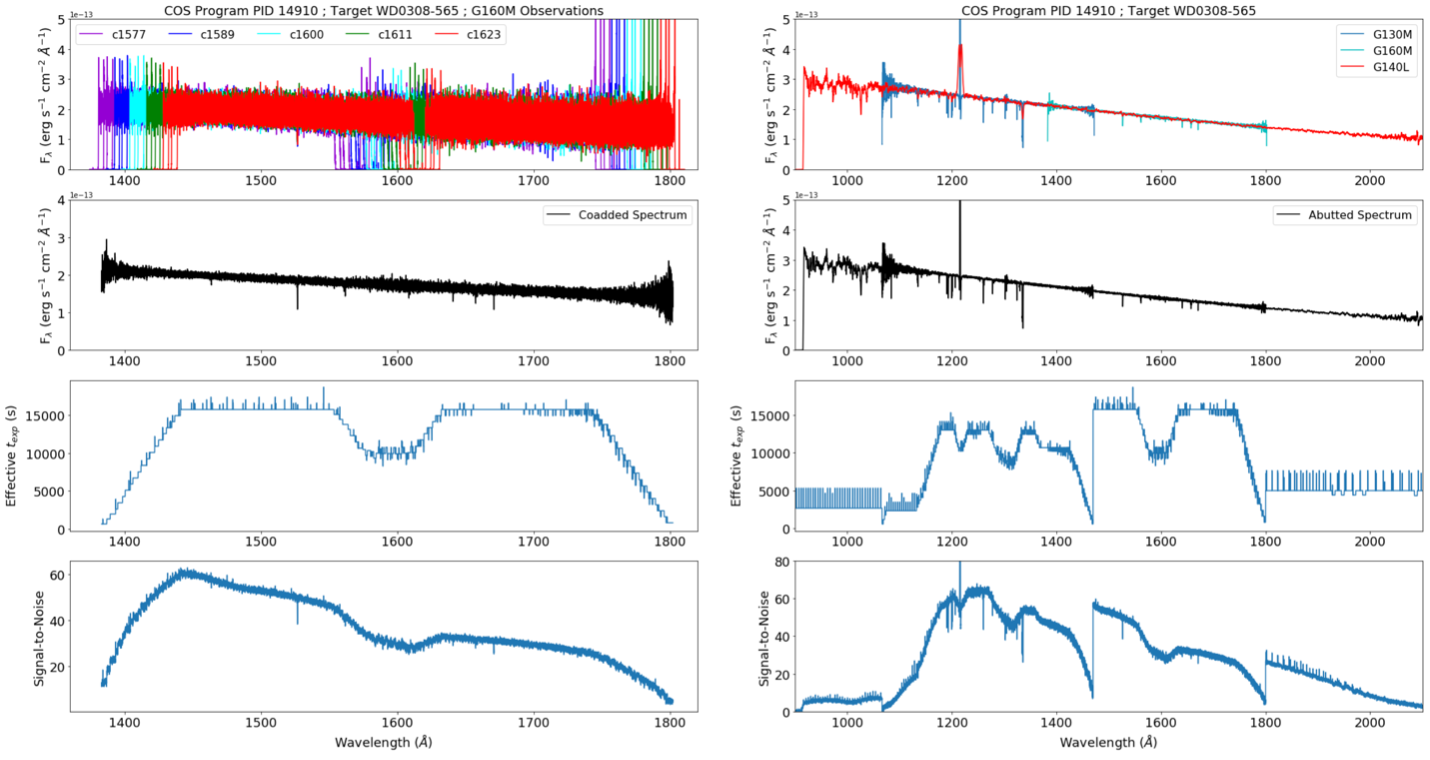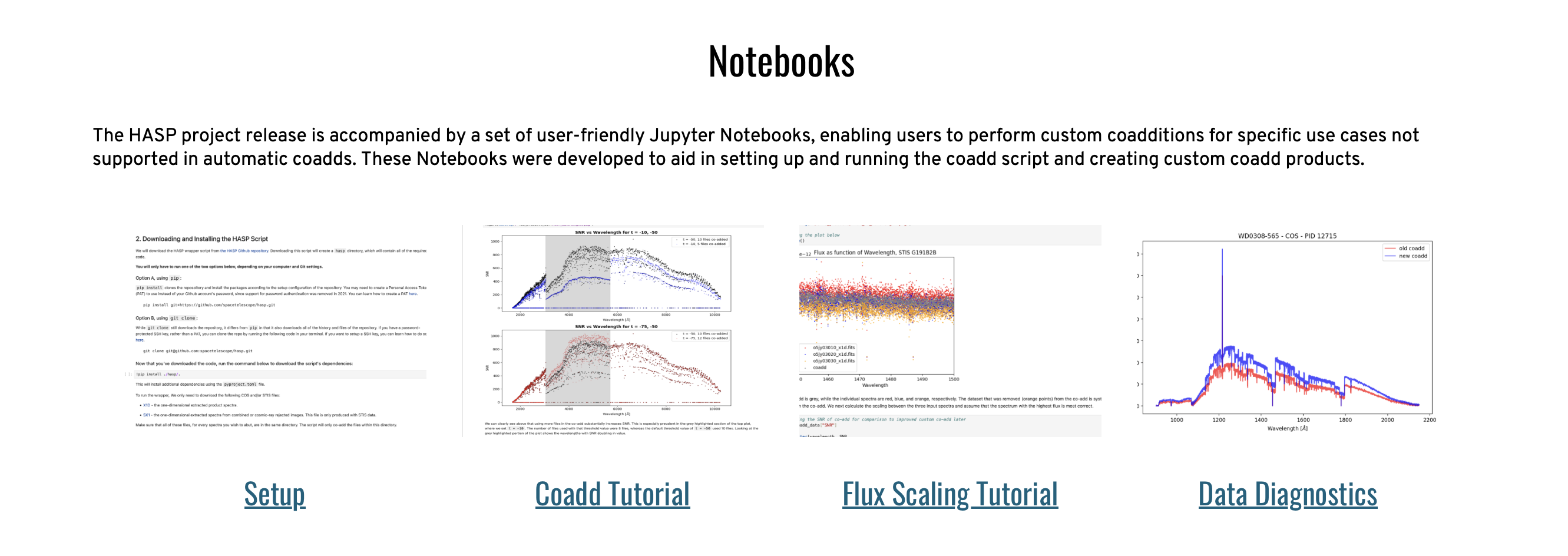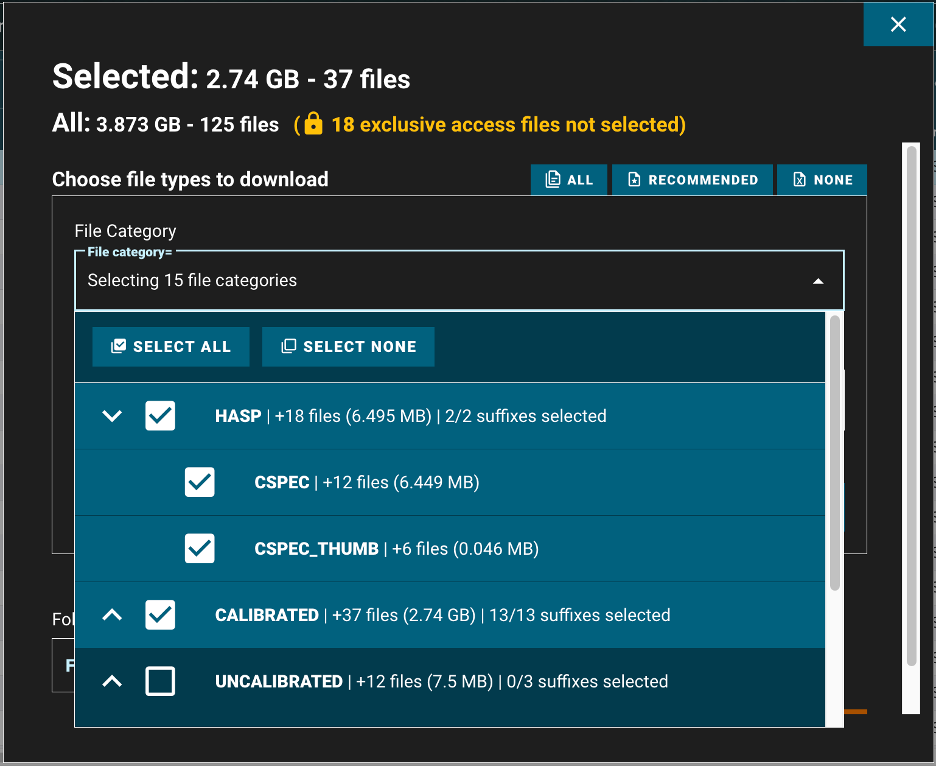About this Article
HASP Team - 2024 Feb 27The Hubble Advanced Spectral Products (HASP) program is set to transform the way the MAST community accesses and utilizes Hubble Space Telescope (HST) spectroscopic data. HASP offers an innovative and automated approach to coadding and combining data to obtain high-quality one-dimensional spectra from HST's Cosmic Origins Spectrograph (COS) and Space Telescope Imaging Spectrograph (STIS). Products are automatically updated when new data come in, or new calibrations are made available, ensuring users always have access to the latest insights.
HASP's mission is clear: simplify and enhance access to HST spectroscopic data. By default, HST data often require users to manually coadd spectra for scientific analysis. HASP generates two crucial data products: coadds and abutments, created at both the visit and program levels. Coadded spectra result from combining data from a common grating, while abutments involve merging spectra from different gratings and/or instruments (Figure 1).

HASP also provides users with tools to create custom coadds, granting unprecedented flexibility and control over the coaddition process. This versatility is accessible through user-friendly Jupyter Notebooks, designed to assist users in setting up and running the coadd script, catering to specific use cases not covered by automatic coadds (Figure 2).

HASP is now seamlessly integrated into the Hubble MAST search form (Figure 3) as a standard component of data downloads from the archive. Users looking for HASP data can access them through new cspec.fits files, which have become a default MAST product.

For comprehensive details, please refer to the HASP webpage or HASP Instrument Science Report.
